Mutual Funds for Beginners: A Simple Guide

By

If you’re new to investing and wondering where to begin, mutual funds are one of the most popular and beginner-friendly options. They offer a simple way to grow your money by investing in a variety of assets - even if you don’t have any prior knowledge of the stock market.
Imagine a group of friends pooling money to buy a cake. Each friend contributes a different amount, and when the cake is divided, everyone gets a slice proportionate to what they paid. That’s how mutual funds work - you invest your money along with others, and your share depends on your contribution.
This guide explains mutual funds in the simplest terms - what they are, how they work, the different types available, how to get started, and what risks to be aware of - all tailored for Indian investors.
A mutual fund is a pool of money collected from multiple investors. This money is professionally managed by a fund manager who invests it in various assets like stocks, bonds, or other securities based on a specific investment goal.
Let’s go back to our analogy. Just like a cake that’s divided among friends who contributed, in a mutual fund, each investor owns units proportional to their investment. The value of these units goes up or down based on how well the fund’s investments perform.
Mutual funds are managed by professionals called fund managers. Their job is to make investment decisions on your behalf. They decide which stocks or bonds to buy or sell, based on the fund’s objective.
Some funds aim for growth - they invest in stocks of companies expected to increase in value. Others aim for income - they may focus on bonds that offer regular interest.
You earn money in two ways:
These returns are reflected in the fund’s Net Asset Value (NAV), which is the price per unit of the fund. As NAV rises, your investment grows.
Equity Funds (Stock Funds):
Debt Funds (Bond Funds):
Balanced Funds (Hybrid Funds):
Index Funds:
Sector Funds:
ELSS Funds (Equity-Linked Savings Scheme):
Let’s say you want to invest ₹1.2 lakh in a year. You can either:
| Term | Definition |
|---|---|
| Net Asset Value (NAV) | The price per share of a mutual fund. |
| Expense Ratio | Annual fee charged by the fund for managing your investment. |
| Systematic Investment Plan (SIP) | A method of investing regularly in a mutual fund. |
| Load | A fee for buying or selling mutual fund shares. |
| Assets Under Management (AUM) | Total value of assets a mutual fund manages. |
| Equity Funds | Mutual funds that invest in stocks. |
| Debt Funds | Mutual funds that invest in bonds. |
| Balanced Funds | Mutual funds that invest in both stocks and bonds. |
| Index Funds | Mutual funds that track a specific market index. |
| Sector Funds | Mutual funds that invest in a specific industry. |
| ELSS Funds | Equity-Linked Savings Schemes that offer tax benefits. |
| Market Risk | The risk of your investment value changing with market conditions. |
| Interest Rate Risk | The risk of bond values changing when interest rates change. |
| Credit Risk | The risk that a bond issuer might not pay what they owe. |
Mutual funds are ideal for beginners due to their simplicity, accessibility, and potential for long-term growth. Start small, understand the basics, and stick with your plan.
Looking for a handholding approach to get started? Talk to our financial planners or try the FinnFit Test to assess your financial fitness!
1. What is the minimum amount to start investing in mutual funds?
You can start SIPs with as little as ₹500 per month.
2. Can I lose money in a mutual fund?
Yes, especially in the short term. But long-term investing in the right fund can reduce risk.
3. Are mutual fund returns taxable?
Yes. ELSS funds offer tax benefits under Section 80C. Other funds have capital gains tax rules depending on the holding period.
4. How do I exit or redeem my mutual fund?
You can redeem online or via your advisor anytime (except in lock-in funds like ELSS).
5. Do I need an advisor to invest in mutual funds?
No, but if you're unsure, it’s a good idea to consult one.
Here's how to choose the right mutual fund advisor.
Disclaimer: This blog is for informational purposes only and does not constitute financial advice. Please consult with a qualified financial advisor before making any investment decisions.
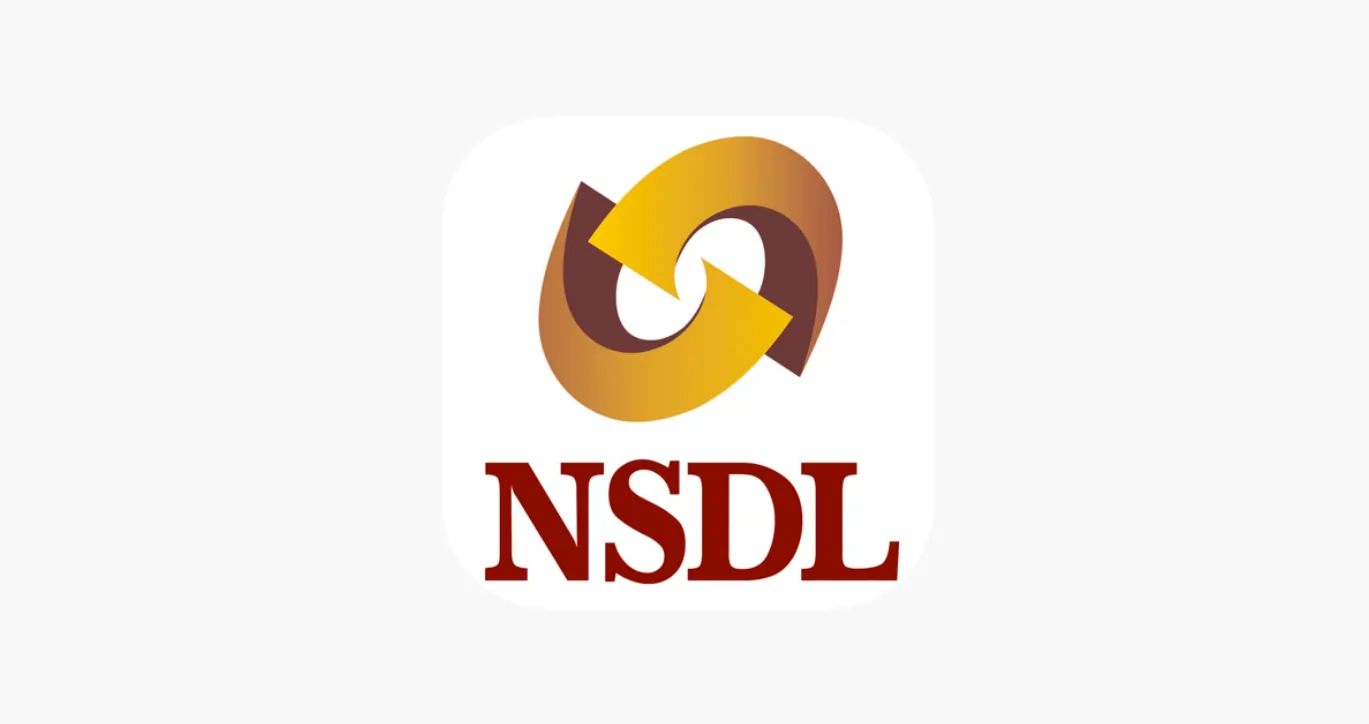
Learn how to easily download your NSDL CAS Statement in PDF format with our step-by-step guide. Follow our instructions to log in to NSDL e-Services, download your account statement, and subscribe for
Read Full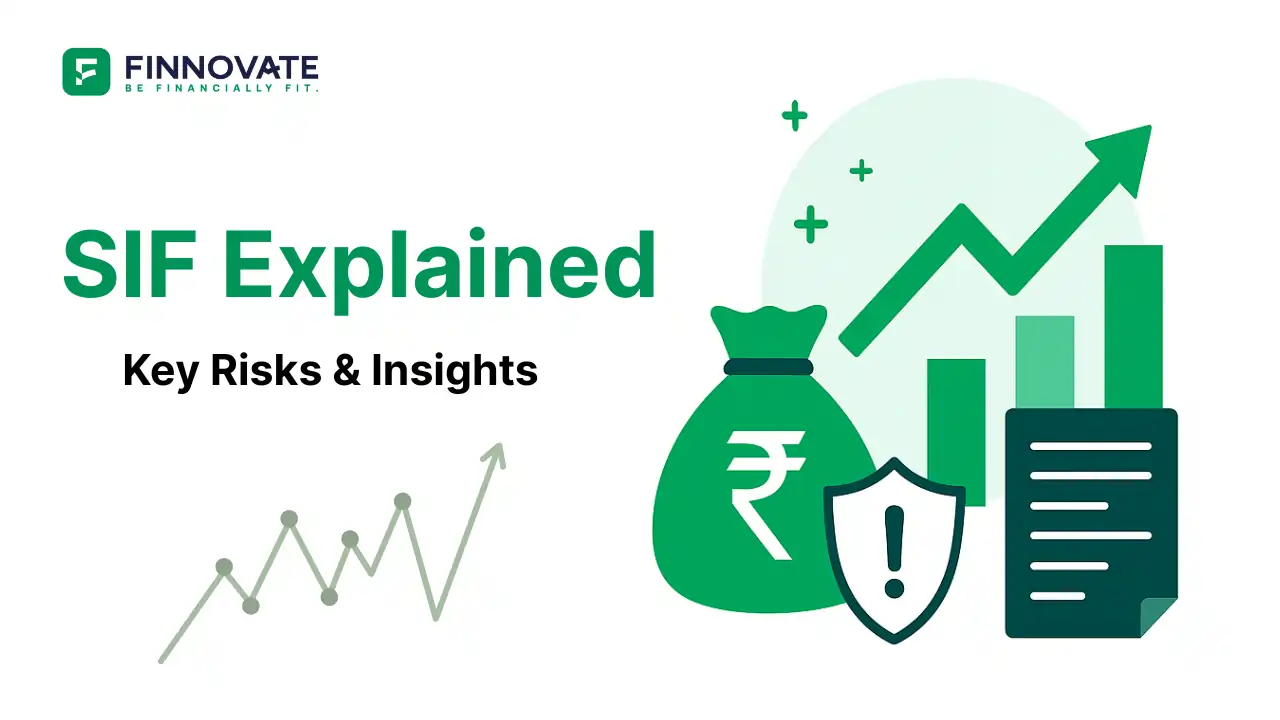
Explore what Specialised Investment Funds (SIFs) are, their benefits, taxation, minimum investment, how to invest, how they compare with mutual funds and PMS and latest developments in SIF space
Read Full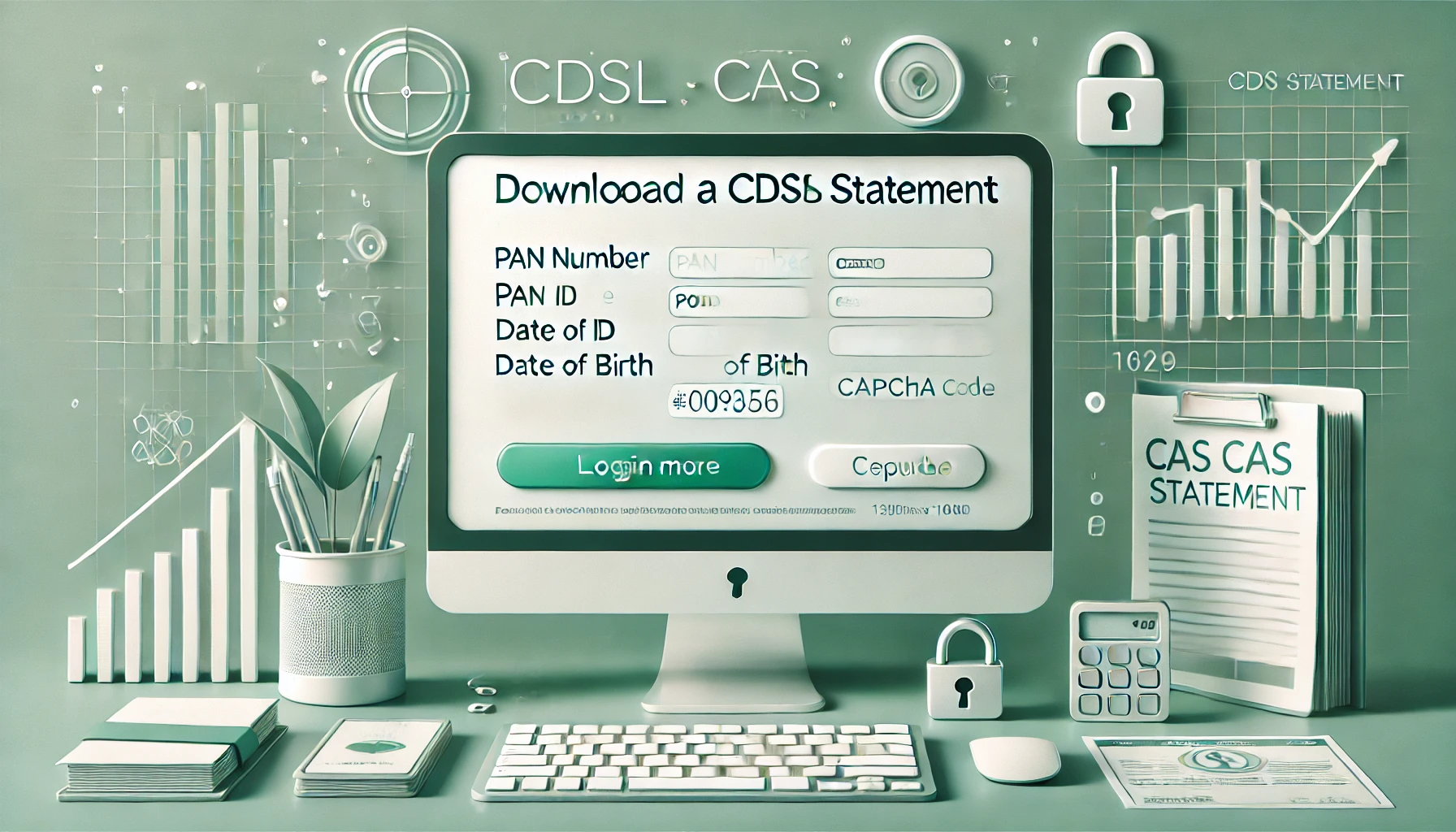
Learn How to Download Your CDSL CAS Statement with our step-by-step guide. Easy instructions for accessing your investment details online.
Read Full
Analyzing the potential economic impact of the 2025 India-Pakistan conflict on India's GDP growth, manufacturing sector, and foreign investment.
Read Full
Looking for the best financial freedom books? Here’s a handpicked 2025 reading list with summaries, why to read, and who it's best for.
Read Full
Clear guide to mutual fund taxation in India for FY 2025–26 after July 2024 changes: equity STCG 20%, LTCG 12.5% with ₹1.25L exemption, debt/hybrid rules, dividends, examples, tables, and FAQs.
Read Full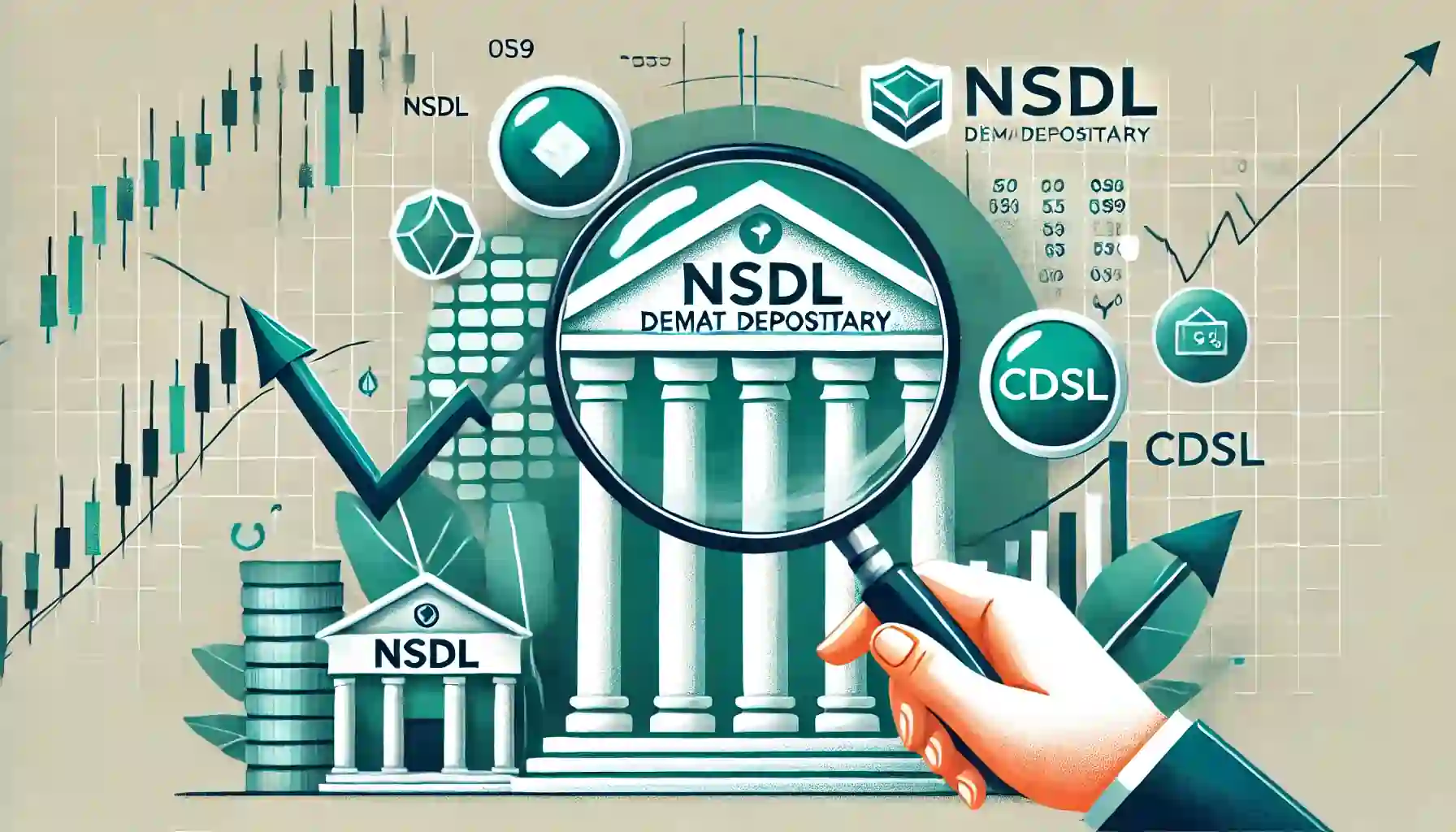
Determine if your Demat Depositary (DP) is NSDL or CDSL easily. Follow our guide to check using broking platforms or Demat account number formats
Read Full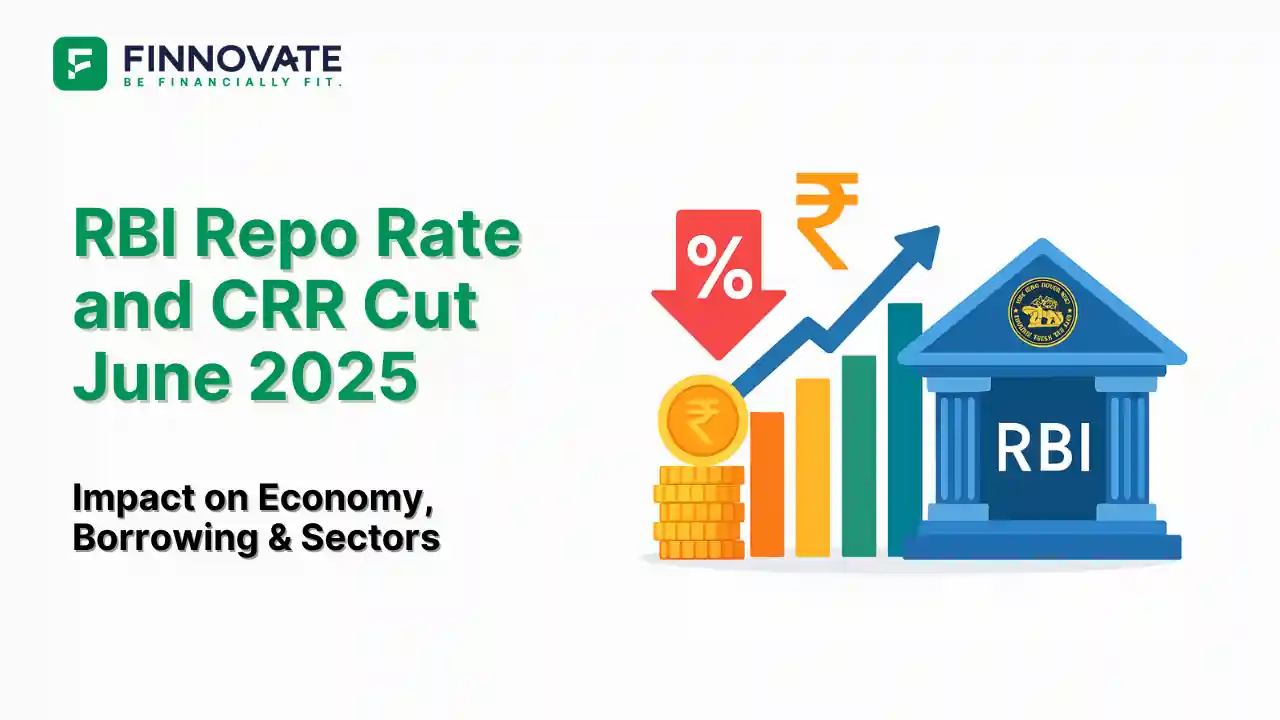
RBI cuts repo rate by 50 bps and CRR by 100 bps in June 2025 to boost growth. Learn how it impacts inflation, borrowing, sectors, and market trends.
Read Full